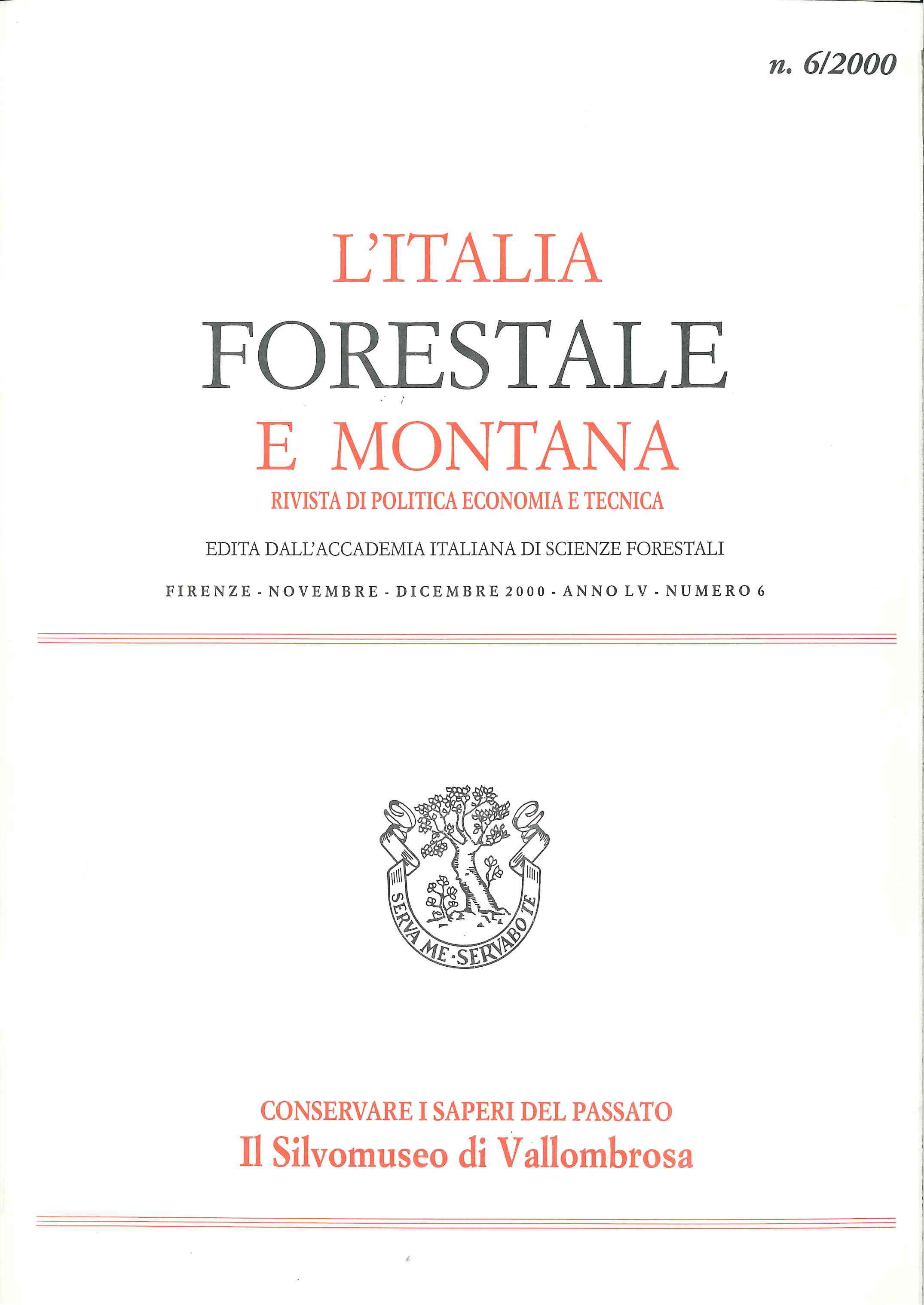Published 2013-06-19
Keywords
- Forest fire,
- Silvicultural interventions,
Copyright (c) 2013 Italian Journal of Forest and Mountain Environments

This work is licensed under a Creative Commons Attribution-NonCommercial 4.0 International License.
Abstract
Post fire rehabilitation must be consistent with regeneration strategies of species involved, mainly based on sprouting and seeding, and not only carried under emotive pressions. The role of fire too, as an ecologica1 factor must be considered, avoiding negative interferences with resilience of species. Species with serotinous cones, such as Pinus halepensis, exhibit seed bank in the crown; in this case, since standing dead trees can help to reduce extreme site condition, their cutting must be possibly delayed unti1 regeneration assures satisfactory rates. Given the crucial role of seedlings for the re-establishment of the original canopy cover, logging operations in burnt areas should not be carried out before two years the fire has occurred. Post-fire reforestation is not recommended because it alters the genetic structure and the spatial distribution of the recruiting population and modifies the selection mechanisms prompted by the fire. Special techniques, such as hydro-seeding of aqueous mixtures of seeds, can be useful in case of treatments in non forested areas

